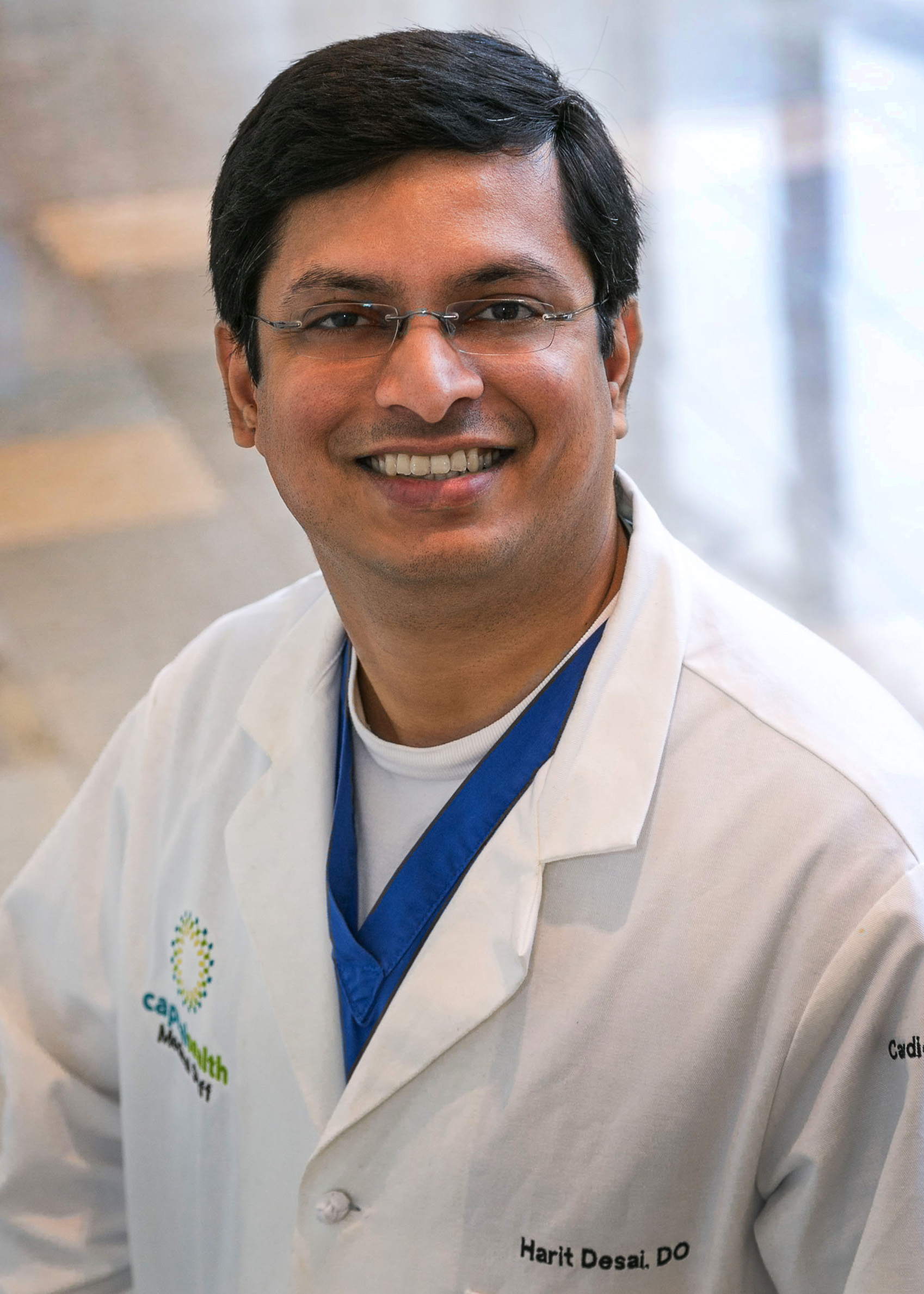Ladies and Stents: Check out the tiny device that helps prevent heart attacks in women

PHILADELPHIA (WPVI) -- Last October, on one of her walks with her dog, Emmett, 76-year-old Eileen Aviss felt tightness in her chest.
She went home and Googled the symptoms to try to figure out what was going on in her body, but the feeling went away, and she let it go. But on another walk-one of the hilly ones-she felt the tightness again, and this time she also felt nauseous.
"My husband, John, looked over with concern and said, 'Do you think you're having a heart attack?'" she recalls.
With a sense of worry and dread, Aviss made an appointment with her doctor at Capital Health, Shaismy Kudakachira, DO, who thought it sounded serious enough to send her to a cardiologist for a series of tests.
The doctor ordered an electrocardiogram (EKG) to measure the electrical efficiency of her heart, which was inconclusive. That was followed by an echocardiogram (echo), an ultrasound of the heart, which didn't show anything ominous.
But then the doctor performed a nuclear stress test, which uses a small amount of radioactive material (tracer) and an imaging machine to show blood flow to your heart while you exercise.
That's when doctors could see three blocked arteries. Without intervention, they told Aviss, she could have a heart attack.
Doctors wanted to do a procedure called a coronary angioplasty with stenting, in which a tiny balloon catheter is inserted into a blocked blood vessel to help widen it and improve blood flow to the heart.
Prior to angioplasty, open-heart bypass surgery was the main option for patients. Angioplasty-especially the refined version available at Capital Health today-offers a much faster recovery time since it's minimally invasive.
First introduced in 1974, balloon angioplasty with stenting has become the most frequently used treatment in cardiac emergencies of the heart. However, to help patients avoid cardiac emergencies, Capital Health endeavored to offer elective coronary angioplasty for more than a decade.
The good news for Aviss was that Capital Health was approved last February, which meant she didn't have to wait to schedule the procedure and could have it all done |by the time she and her husband, John, planned to head to Florida this February.
"To gain approval, hospitals have to demonstrate that they can do emergency coronary angioplasty and stent placement safely, and we did that," says Harit Desai, DO, director of the cardiac catheterization lab at Capital Health.
CATHETERS, STENTS, AND WIRES
Heart disease is still the number one killer in the world. In fact, a person dies every 36 seconds in the United States from cardiovascular disease. About 659,000 people in the United States die from heart disease each years-that's one in every four deaths.
Despite those astronomical numbers, enormous effort, resources, and research go into the constant fine-tuning of tools and treatments each year. Angioplasty is safer than it's ever been, which is why Capital Health doctors can perform it on an outpatient basis, says Dr. Desai.
"Elective angioplasty has come a long way to become a very safe procedure for patients. Stents in today's day and age are a marvel of engineering. It has come a long way. When I was in training, we were going through the groin-the femoral artery.
Now we do most of our procedures through the radial artery in the wrist. It's more technically challenging, but it's better because complication rates are lower, patients can sit up right away, and they can go home.
"This procedure has become quite normal for us at Capital Health. Within six hours, our patients are at home with their loved ones."
Aviss says she was anxious about the procedure beforehand but was pleasantly surprised by how quickly she was up and moving. "It is a surreal experience in there because you are awake, and they are showing your heart. After I got home, I felt really good. I called the doctor's office to ask if I could go for a walk, and they said I could," she recalls. "I went back to those spots where I had the initial symptoms, and it was such a relief to feel normal."
According to the American Heart Association, cardiovascular disease accounts for 17.3 million deaths worldwide per year, a number that is expected to grow to more than 23.6 million by 2030.
Dr. Desai says that makes tools for treating the disease even more important.
"Unfortunately, heart disease being the number one killer won't likely change in the near future until we stop smoking and get control of diabetes," he explains. "But I do think we can change the trajectory of it with these refined tools."

